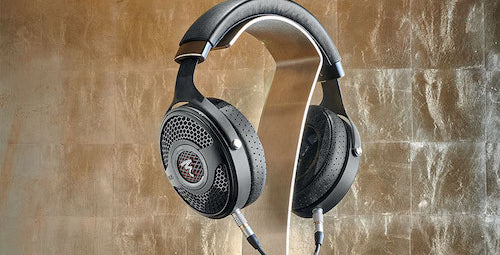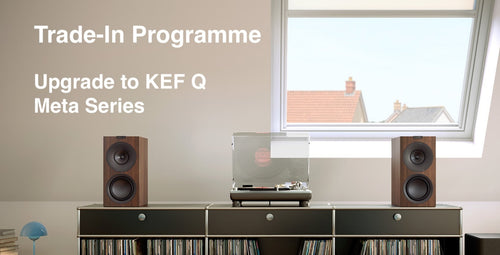7 Essential Errors to Avoid During Hi-Fi System Setup

1. Overlooking Room Acoustics:
The room where you listen to your system is not a passive space; it actively influences sound quality. Room acoustics can significantly impact clarity and tonality, creating a unique sonic signature. Factors such as room dimensions, construction materials, and furnishings contribute to sound reflections and resonances. To address this, consider acoustic treatments such as bass traps, diffusers, and absorptive materials strategically placed to balance the room's acoustics. Experiment with placement to find the ideal configuration that complements your system's characteristics.
2. Neglecting Speaker Placement:
Speaker placement is an art that goes beyond aesthetics. Optimal positioning is crucial for achieving balanced audio output. Consult the owner's manual or contact the manufacturer for recommendations on speaker placement in your specific room. Maintain a suitable distance from walls to prevent excessive bass emphasis, and aim for a wide soundstage by placing speakers strategically. Experiment with toe-in angles and distances from the listening position to fine-tune imaging and achieve an immersive listening experience.
3. Component Placement Consideration:
Where you position your system's electronics can impact their performance. Placing components close to speakers exposes them to vibrations, especially detrimental for sensitive equipment like turntables. Aim to position your electronics away from the speakers and on stable, isolated supports. Using dedicated racks or shelves helps reduce vibrations, preserving the integrity of the audio signal. Avoid placing large objects between speakers, as this can interfere with stereo imaging and overall sound quality.
4. Importance of Support Systems:
Invest in dedicated supports to isolate your components from external vibrations. Well-designed supports enhance stability and reduce resonance, contributing to improved sound quality. Whether opting for commercially available racks or DIY solutions, prioritize supports with low resonance and level surfaces. Experiment with different materials such as wood, metal, or composites to find the ideal support system for your specific components and room environment.
5. Utilizing Floor Spikes:
Floor-standing speakers often come with spikes designed to minimize vibrations and enhance stability. Utilize these spikes to optimize speaker performance. Place the spikes on appropriate discs to prevent scratching wooden floors. Tighten and level the spikes to ensure proper stability, preventing unwanted vibrations that can compromise bass response and overall system dynamics. Consider complementing floor spikes with speaker isolation pads or platforms for further vibration isolation.
6. Selecting Quality Cables:
Cables may not directly enhance your system's sound, but they play a crucial role in preserving signal integrity. Allocate a portion of your budget for high-quality audio and speaker cables, considering factors such as conductor quality, shielding, and connectors. Refer to audio cable and speaker cable buying guides for informed choices. Maintain separation between mains and signal cables to prevent interference. Experiment with cable routing and organization to minimize potential signal degradation.
7. Maintaining Connections:
Over time, electrical connections can accumulate oxidation and tarnish, affecting signal quality. Periodically undoing and remaking these connections can clean metal surfaces and improve conductivity. Use lint-free cloths or cotton swabs with appropriate cleaning solutions to wipe away visible tarnish. This simple maintenance routine can result in a small but significant improvement in sound quality. Additionally, consider using contact enhancers or deoxidizers to further enhance connection quality and reduce signal degradation.
By addressing these crucial factors and implementing appropriate solutions, you can optimize your hi-fi system's performance and elevate your overall listening experience. Remember, fine-tuning and experimentation are key to discovering the optimal configuration for your unique room and personal preferences.


